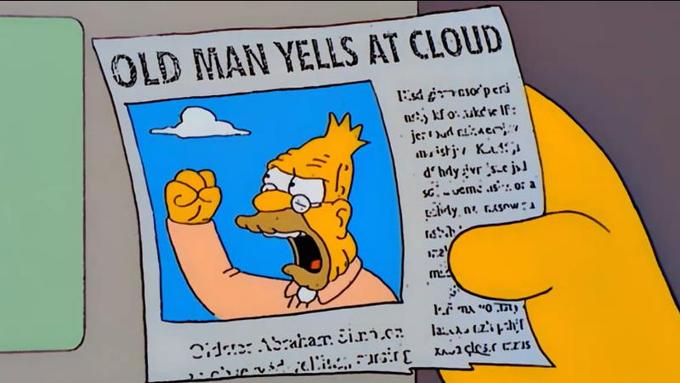There is no need to verify the validity of your math as it applies to K & L. The only problems with your math are the implications you are assuming that it has for macroevolution. If you believe those implications are valid then formulate a hypothesis and method for testing the hypothesis along with a review of the literature. We can even give you help in doing that.
That implication is that microevolutionary adaptational events don't add up to a macroevolution event, these microevolutionary events must be linked by the multiplication rule. This is true if mutations are random events and this is a fundamental axiom of probability theory, the mathematics of random processes. Perhaps you want to argue that mutations are not random events?
Pita has suggested that I review some modern evolutionary biology texts to find that explanation. Since I'm acquainted with Joe Felsenstein and have had long discussions with him on this subject, why don't we use the textbook he wrote?
THEORETICAL EVOLUTIONARY GENETICS
Why don't you tell me which equations from his text can be used to model the Kishony and Lenski experiments? And then you can tell us how to extend any of these equations to explain the mathematics of macroevolution.
Your math is a misdirection as I have no reason to question its validity. You have not demonstrated how your math negates the evidence for evolution.
Why do you keep saying that? My papers give the mathematics that explains microevolutionary experiments and empirical examples of microevolution. Now if you want to believe that bacteria evolve into biologists in a billion years, that's your prerogative but you should not be indoctrinating naive school children with that mathematically irrational notion.
Formulate a hypothesis and subject it to the scientific method. Then you can show the rest of us morons its superiority. Until then the elephant in the room is:
29+ Evidences for Macroevolution
I thought I had given you that hypothesis. I guess I'll have to do it again for the slow learners. Here goes:
1. Microevolution is a stochastic process governed by the theorems and axioms of probability theory.
2. There are two random trials in the microevolutionary process. The replication is a random trial where the two possible outcomes are that a mutation occurs at the particular site in the genome or the mutation does not occur at the particular site in the genome. The other random trial is the mutation itself when it does occur. The outcomes can be a base substitution, base deletion, base insertion, double deletion, double insertion,... any kind of mutation that you can imagine.
3. An adaptation can occur when at least one of the offspring gets the adaptation mutation at that particular site.
4. That new variant and its offspring with that adaptation mutation are now candidates for the next adaptation mutation which occurs as described in steps 2 and 3, where the joint probability of the two random adaptational events occurring is computed using the multiplication rule.
The experimental tests for this hypothesis are of course K & L. And Frank, I actually don't think you are a moron. I think you have just got comfortable with not well-thought-out explanations of a physical phenomenon. You don't test out these explanations with experimentation and when I challenge you to test out these explanations, you make the excuse that you can't test out what happens in a billion years. I understand this is a shock to your way of thinking but with time, this will make sense to you. Think of it this way, when someone says that reptiles can evolve feathers because the weather cooled and feathers make good insulation, ask yourself, how can a reptile lineage accumulate a set of mutations that would do this genetic transformation. What genes would have to be transformed, how many mutations are needed, how many replications are needed to address the issue of the multiplication rule for the accumulation of this set of random mutations?
And that's just the start of the genetic transformation problem, you have all the anatomic and physiologic differences between reptiles and birds to account for. You have a severe mathematical problem with the notion of macroevolution. That mathematical problem is the multiplication rule of probabilities.


